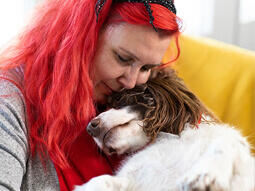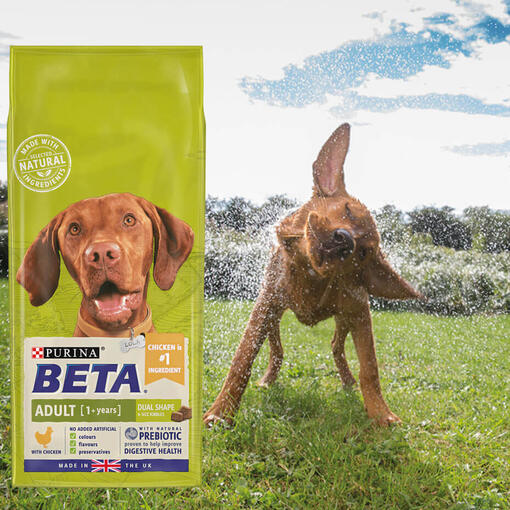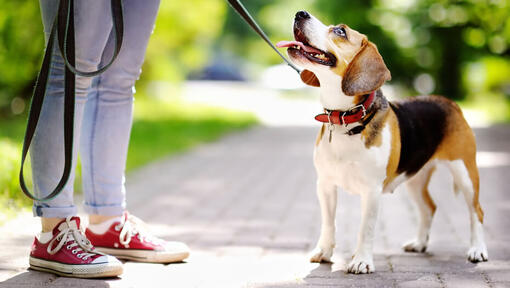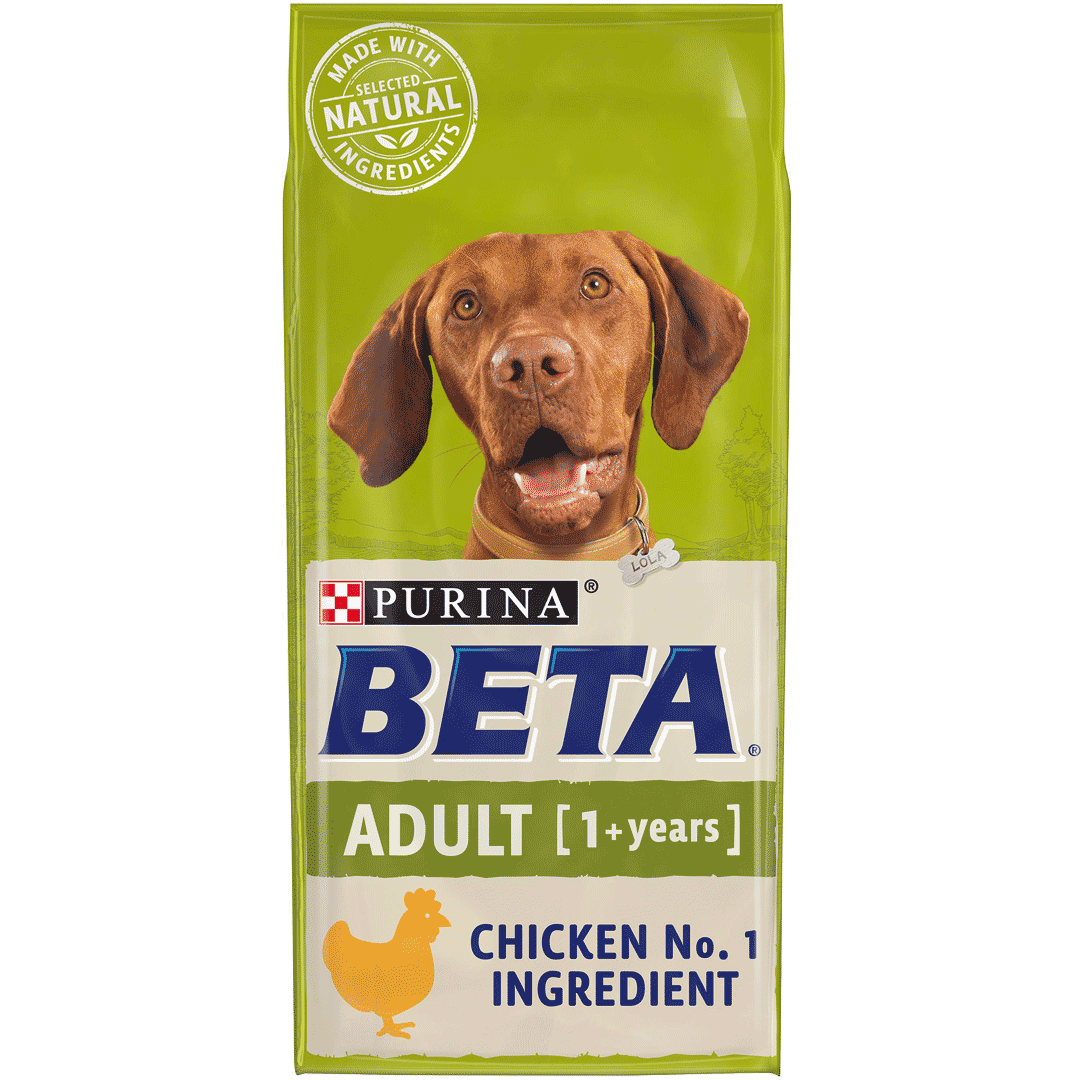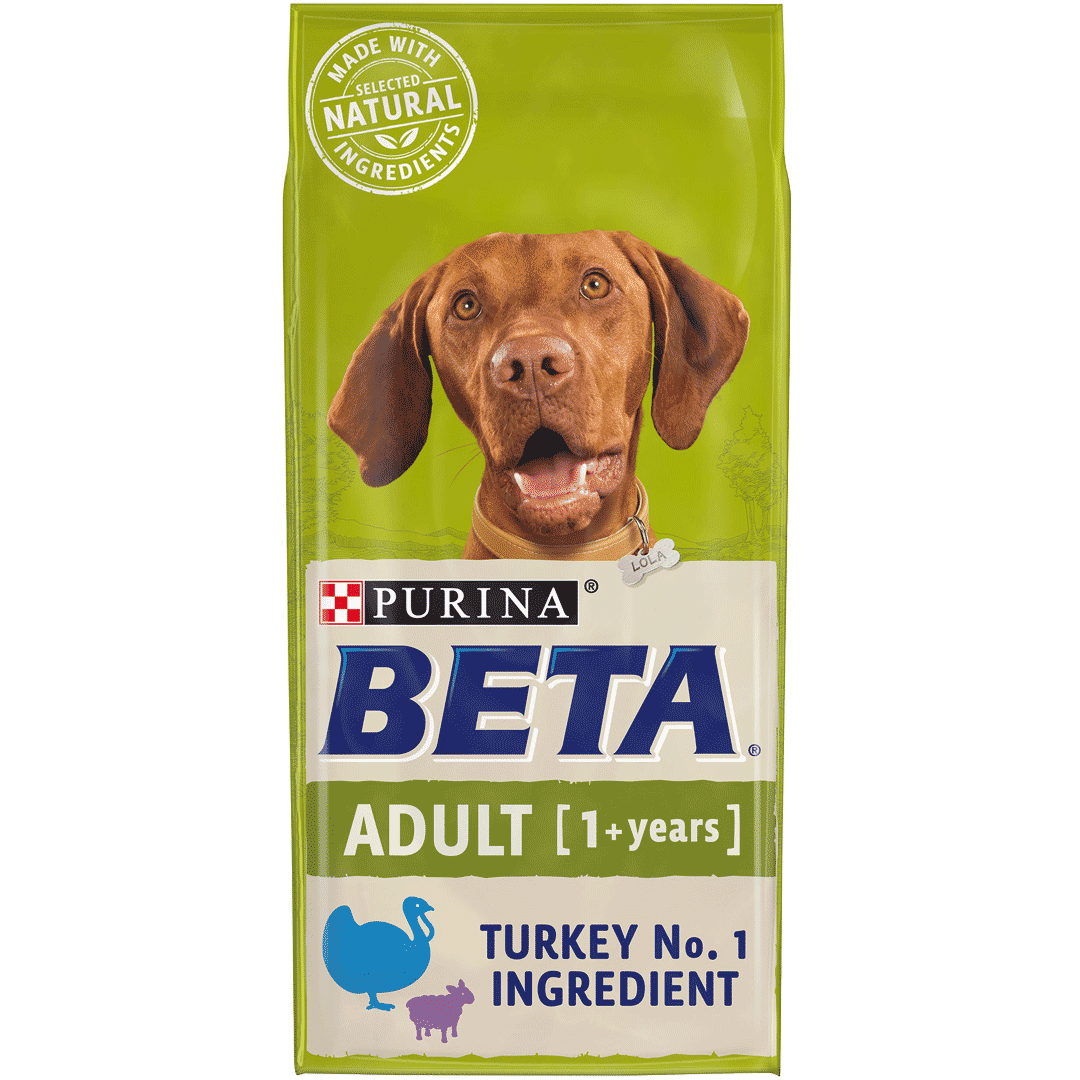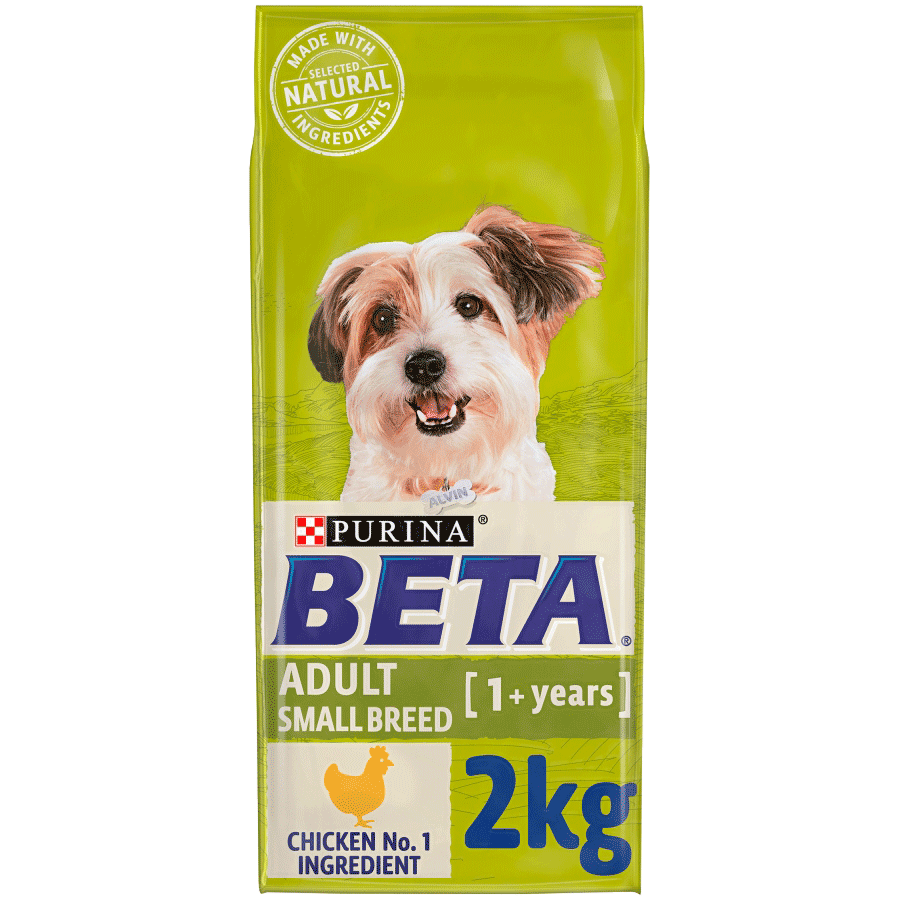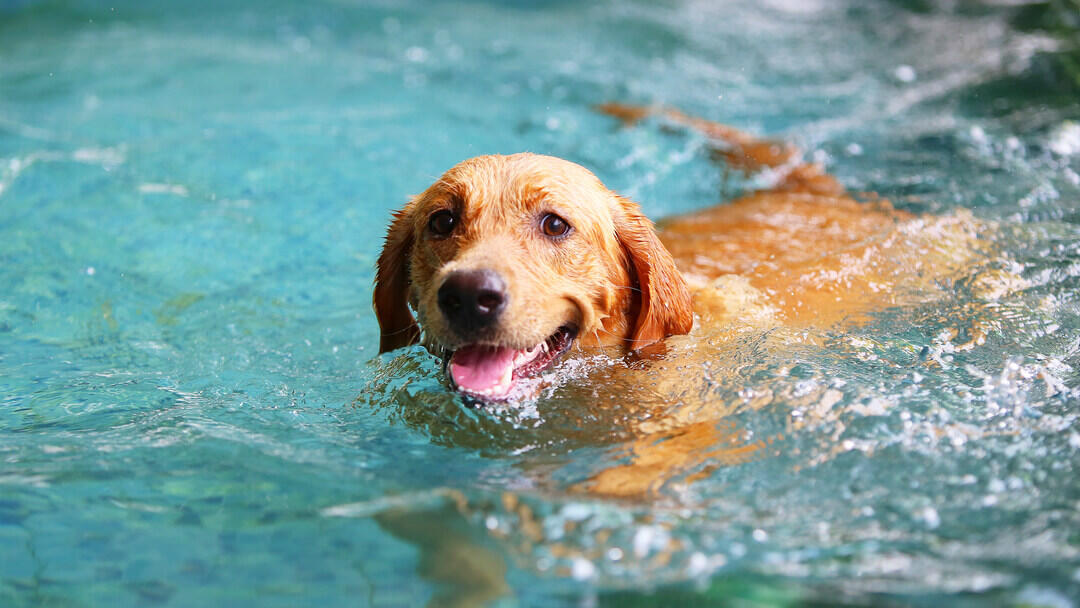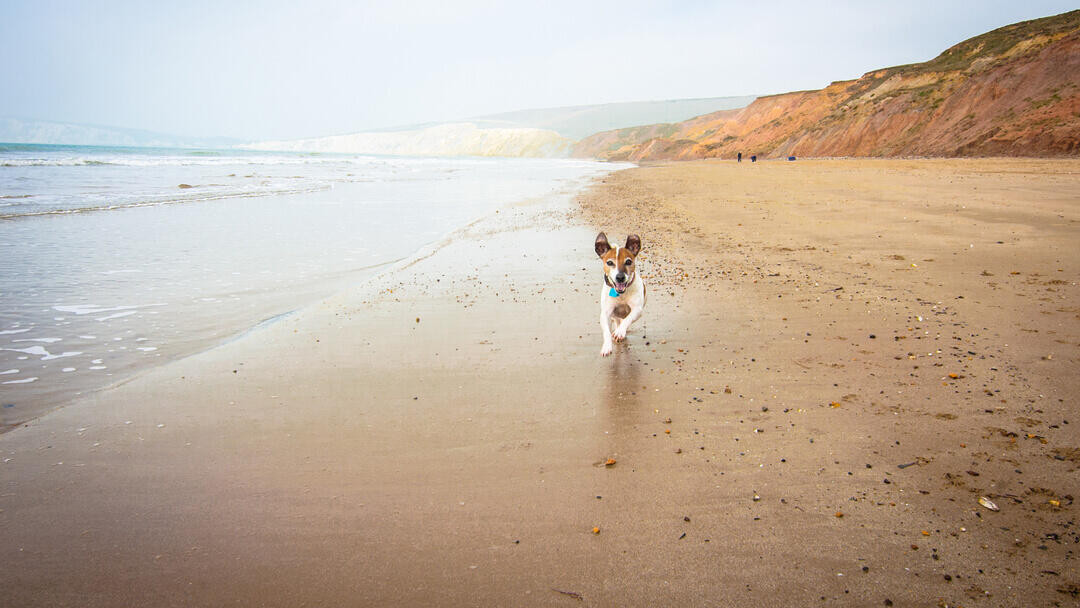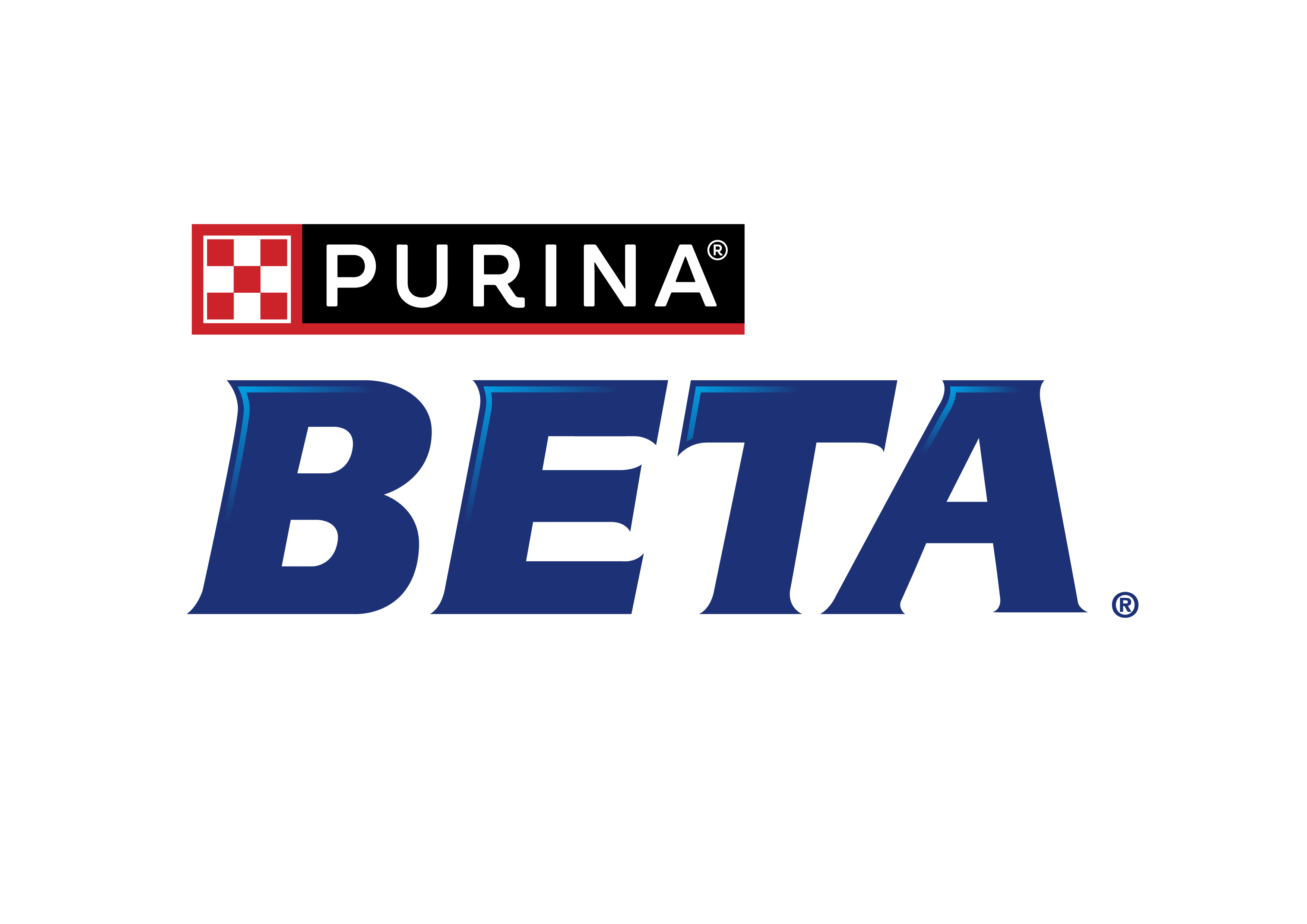

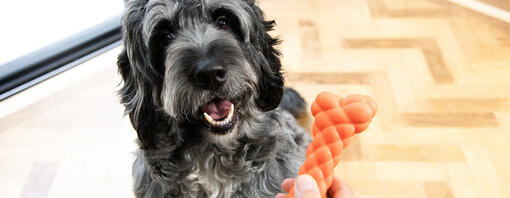
Target training is teaching your dog to touch something, usually with their nose. It's a starting point for some training exercises and for more advanced tricks and behaviours. It can also help give your dog more positive associations regarding human hands and being touched.
Dogs love to learn and teaching them new skills is one of the best ways to build your relationship while giving them the mental stimulation they need. One of the most versatile and fun exercises you can introduce is target training. This simple technique lays the groundwork for all kinds of useful tricks and behaviours, from ringing a bell to closing a door, or even just boosting their confidence.
In this guide, we’ll show you step by step how to teach your dog to use their nose to ‘target’ an object. You’ll start with an easy hand touch and gradually build up to more impressive tricks all while keeping training fun and rewarding for your puppy or dog.
Why would you want to teach your dog or puppy target training?
Learning to touch something with their nose is something every dog can learn no matter what the breed, type or size. Every single thing we teach our dogs to do using positive, reward-based methods improves our relationship, enhances your dog’s learning abilities and provides a great source of enrichment for both of us. As target training is something every dog can do – and it is really simple to teach – it is a great exercise to start off trick training.
For puppies or especially rescue dogs who might be worried about being touched or have bad associations with people’s hands, teaching a hand touch - where they can approach hands voluntarily and without any pressure - and be rewarded for doing so - can be a great confidence boost and relationship building exercise.
- Target training is the basis of several cool tricks you might want to teach your dog – including closing doors.
- It also can help with training recall, loose lead walking, walking close or more formal heelwork, and exercises like spins and twists. It can be especially helpful if you have a small dog or a less confident dog as you can use a target stick instead of having to bend forward over the top of them when you are teaching exercises.
- The starting point for target training is for the dog to touch your hand with their nose, and this can help form positive associations with hands which is especially useful for recently rehomed rescue dogs, puppies and those who are wary of being handled. This exercise teaches dogs that interacting with hands without any pressure to interact further brings rewards.
What do you need to teach target training
When you start off with hand touches, you don’t need much – just some tasty dog treats and a quiet space with no distractions.
Once you start to move on to the next steps in this exercise you will need:
- A small item to use as a target (plastic lids to put on food cans are ideal for this)
- A target stick. You can buy target sticks online, and these are telescopic metal sticks that you can adjust to different lengths depending on the size of your dog and the exercise you are teaching, with a soft foam rubber tip on the end which is the target.
How to teach target training
Hand Touch
The first step in target training is to teach your dog to touch the palm of your hand with their nose.
- Have some treats in your pocket or easily accessible treat bag
- Sit or kneel on the floor with your dog (or for a large dog, sit on the edge of a seat)
- When your dog isn’t distracted by doing something else, hold your hand (that is on the opposite side to where you have the treats) out flat with your palm vertical facing towards your dog. Do this close to your dog but not so close it is intimidating for them.
- Most dogs will come and investigate your hand.
- The instant their nose touches your hand, say your reward word and give them a treat from your other hand.
- Repeat this and practise.
- When your dog is doing this reliably, you can add the cue word ‘touch’ when your dog’s nose makes contact with your hand to link the word to the action.
- Often it works really well to make this exercise more dynamic and more of a game. This helps increase your dog’s focus on you and, like all play, enhances your relationship. To do this, repeat as above but throw the treat a little way away so your dog has to go and get it and then come back to you to touch your hand again.
Next step in hand touch
Once your dog has really got the hang of it, you can hold your hand at different heights, and also you can begin to move it slightly away from your dog as they move to touch it so they are following your hand for a few steps.
Potential problems in teaching hand touch
Dogs who are fearful of hands can struggle with this and if you are not careful, become conflicted. They want the treat but still don’t feel safe coming too close. For these dogs it is important to take it slow, don’t put them under any pressure, and to start with, reward any steps towards your hand. They may however be so fearful that they intentionally look away from your hand rather than approach it. For these dogs, forget about this exercise until they become more confident.
Mostly however this happens because you weren’t ready with the reward word and the treat the very first time your dog investigated your outstretched hand and so they don’t see any point in doing it again.
If your dog doesn’t touch your hand, try moving it a little - or just taking a break and trying again a bit later. You could try rubbing a bit of food on your hand to make it a bit more appealing.
Target training to an object
The next step is to teach your dog to touch something other than your hand. Plastic covers that you can get to put over food cans when they have been opened to keep the contents fresh are perfect for this as they are the right size, flexible and safe.
- Hold the cover in the palm of your hand
- Repeat all the steps above but with your dog touching the can cover instead of your hand.
- Once they have got the hang of that, you can hold the lid a bit further from your hand
- As with the hand touch, once your dog has really got the hang of it, you can hold your hand at different heights, and also you can begin to move it slightly away from your dog as they move to touch it so they are following your hand for a few steps as they locate the lid.
Once your dog is doing this confidently, you can move on to training a fun - and useful - trick.
Closing a door
- Using tape, stick the plastic lid to a door that moves easily.
- Kneel beside it with your ‘touching hand’ close to the cover and ask your dog to touch.
- Most dogs will touch the plastic lid as before. Say your reward word and give the treat.
- Repeat until your dog is touching the lid reliably.
- Now start to increase the criteria a little bit. Wait until your dog touches the lid hard enough to move the door (even if only a tiny bit). Reward generously.
- Slowly by building this up, you can encourage your dog to push it hard enough to close the door. Once your dog is doing this reliably, you can use a cue word such as “close” or “push”.
- Then next step is for you to move further away from the door so eventually you can send your dog to close the door. The easiest way to do this is often dynamically - so after each touch, you throw the treat a little way away so they come back to touch the lid. Move a little further away each time.
Target stick
Teaching a dog to touch and follow a target stick follows the same procedure as above.
- Start with the stick at its shortest length so it only just sticks out from your hand. Hold it out exactly as you did with your hand.
- As it is something novel, your dog is almost sure to come and investigate it and give it a sniff - so be ready.
- As soon as they do, say your reward word and give the reward.
- Repeat until your dog is doing this confidently.
Next steps with a target stick
- Slowly start to extend the stick so the dog is touching the stick a little further away from you.
- Build this up until your dog is happy doing this at the length of the stick.
- Begin to move the dog around by moving the stick before they touch it in the way you did with the hand touch.
- Practise this a lot over the course of many training sessions.
With practise, you can use the stick to teach your dog circles in both directions, figures of 8, and even use it to help with loose leading training or teaching how to hit contact points in agility. This is far easier than luring your dog around, especially if you have a small dog or a dog who finds you looming over them intimidating (or a bad back!).
Common Target Training Problems
My dog won’t touch the target
This is a fairly simple exercise so there aren’t many problems that arise. The main one is that the dog won’t touch the object. This tends to happen when you are not ready to reward your dog the first time they investigate the offered hand, lid, target stick – so they don’t do it again as there was no benefit to it. In these cases, smear some food on your hand/the object to get their interest again – and be ready!
If however it is because they are not confident or relaxed touching your hand, leave this trick until your bond is better established and your dog feels more secure.
My dog won’t follow the target stick
Go right back to the beginning and get your dog moving around more following your hand. When they are happy doing this, start with a short stick and repeat. Then you can slowly extend the stick as far as your dog is confident - rewarding each step. Some dogs lose confidence when they move too far away from you - and this is an exercise they need to enjoy and feel happy doing - so don’t be in a rush. When you do start to move the stick, start off with small movements and do not expect your dog to go too far. There’s plenty of time to build up to more advanced movements like spins and twists.
Target training can be anything from a fun thing to teach your dog to a confidence builder or the starting point for more advanced tricks and behaviours. It’s fun, easy and enjoyable for you both – and is a great way to help enhance the bond between you.
FAQs
This is a fairly easy exercise for most dogs but as always, it depends entirely on your dog, their confidence levels, their previous learning, your training skills, your consistency, and the time you have available to train. It could take anything from a few days to a few months as every dog is different. Often those who take the longest to learn an exercise, remember it far better.
How to teach a spin using target training
Begin by having your dog reliably touch a target stick. With the dog next to you, take a few steps forward and have them touch the stick each time, rewarding them for their effort.
Next, with the stick in front of you, circle it widely to the right. This will encourage your dog to follow the stick in a circular motion. Once they are halfway through the spin, say your reward word. When they complete the full circle and return to your side, give them a treat.
Once your dog is consistently following the target stick, introduce a verbal cue like "spin". As your dog gets better, gradually shorten the stick until you can perform the motion with just a hand or finger signal. It's important to practice spins in both directions to ensure your dog has balanced flexibility.
Some dogs can get a little too interested in the soft end of the target stick and try to grab it. This often leads to trainers jerking the stick away to try and prevent this - but instead make the soft bit far more exciting to chase! For these dogs, you need to get in quickly with the reward word and the treat - so you reward the touch before the grab! If your dog is experienced with clicker training, you can use the clicker to pinpoint this even more accurately but it requires excellent skill and dexterity from the trainer. Also make sure you are giving these dogs an appropriate outlet for their need to chase and grab with enrichment type exercises and games.

More articles by Beta


